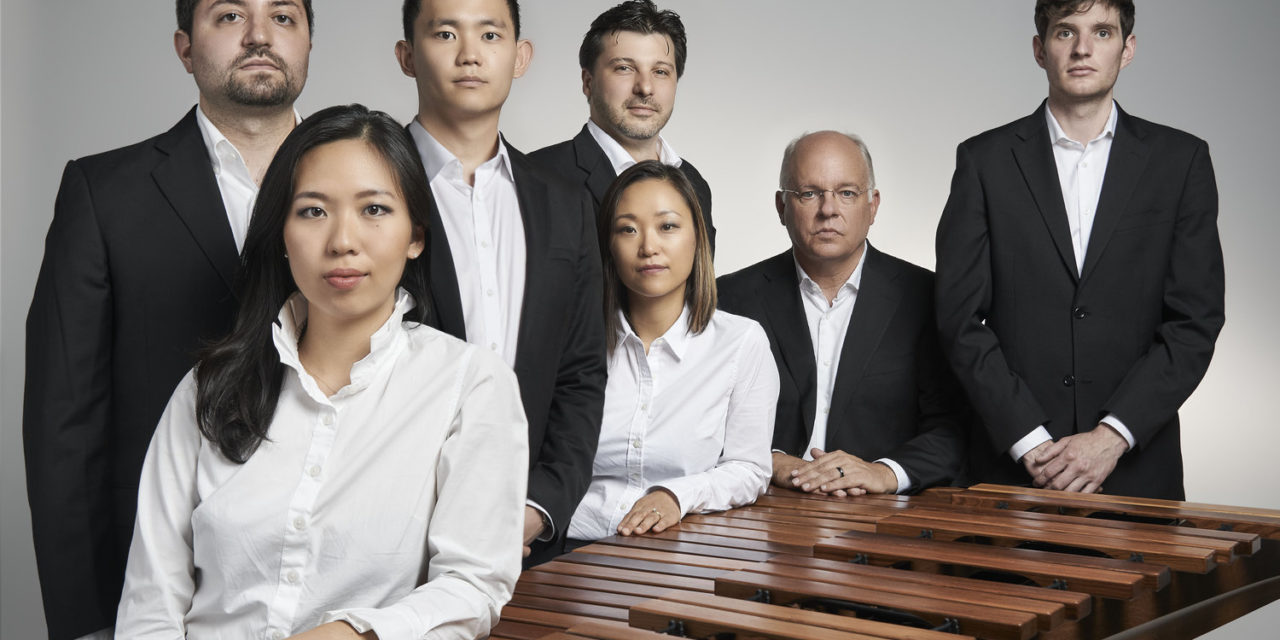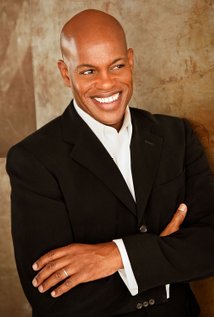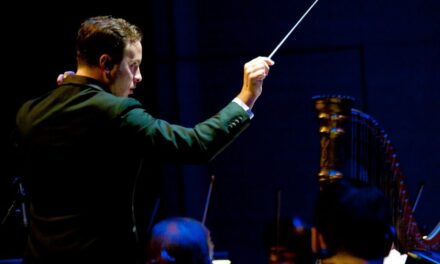The Percussion Collective.
Louisville Orchestra Signature Classics Series: From The Sea
Teddy Abrams, conductor
The Percussion Collective: Svet Stoyanov, Ji Hye Jung, Sam Um, Gwendolyn Dease, Mari Yoshinaga, and Garrett Arney
Kjell van Sice, film
A review by Shaun Kenney
Entire contents are copyright © 2019 by Shaun Kenney. All rights reserved
I grew up in Maine. We didn’t live on the coast, but we were less than an hour from the ocean, only a few minutes from several beautiful lakes, and a quick walk to my grandparent’s pool next door. Water played a huge part in my childhood, especially the ocean. The dark and rough waters of the Maine coastline provided me with my first bit of perspective into the fact that my existence was quite small in relation to the world as a whole. To me, there was actually something quite calming about realizing that. This is just one way that water has influenced my life personally and it is no wonder that so many artists, poets, and composers have created works inspired by this element. This spectacular program by the Louisville Orchestra and The Percussion Collective presented us with the aquatic visions of four composers and brought a bit of the sea to our landlocked state of Kentucky.
The Oceanides by Jen Sebelius is a tone poem referring to the mythological sea nymphs of the Mediterranian. The piece imitates the playful nature of the nymphs and the majesty of the ocean. The performance was prefaced with a short speech by conductor Teddy Abrams where he referred to the work as an “odd piece of music.” I couldn’t agree with him more. As he described, the music not only paints us a picture of the sea but actually puts us there, in the water, to experience it firsthand and not just as an inactive observer. The sound crescendos gradually from beginning to end but also grows in waves throughout. There was so much to listen to, so many layers, and at times you really did feel as if you were in the water with the waves crashing around you. At just over 11 minutes the experience ends quickly but is completely satisfying.
Garth Neustadter’s Seaborne was composed for The Percussion Collective and was originally written for six percussionists including piano and video projection. This particular performance also included string orchestra and was the world premiere of the piece in this form. The film is as much a part of the composition as any of the instruments and the stunning camera work of Kjell van Sice beautifully augments the sounds of the marimba, xylophone, vibraphone, and piano. Neustadter describes his composition, which is divided into three movements, as a work that “explores our perception of water from aerial, surface, and underwater vantage points.” The film helps visually define these three movements for the observer. In the first movement, Above, we see sweeping bird’s-eye views of waves forming and eventually crashing on the shore. The second movement, At, focuses on how sunlight and wind interact with the water’s surface. The third, Within, is an underwater perspective highlighting currents, bubbles, and refracted light. In addition to the video there was much to watch on stage as the percussionists, most with four mallets, moved in waves up and down the keyboards of their respective instruments. The vibraphone was at times played with a violin bow creating eerie resonant tones and the performers added their voices to the second movement, mirroring the strings with wordless intonations. This was an incredibly impressive piece of music and film and the composer and filmmaker along with the performers in both The Percussion Collective and the strings of the Louisville Orchestra should be commended.
Coming back to my seat after intermission I immediately noticed something different. The stage had been cleared of the piano and mallet instruments, which was to be expected, but the arrangement of the chairs was strange and eight cellists split in half by two trombones were sitting in the front row facing the audience. What were trombones doing in the front row? Abrams quickly explained that the score for composer John Luther Adams’ Become River calls for the orchestra to be divided into four instrumental choirs and specified their arrangement on the stage. The program notes indicated that they were actually to descend from upstage to downstage on risers in 5 levels but the choice to omit the risers is understandable as it would have made the already laborious stage change after this work even more cumbersome. Abrams also indicated that this particular piece is rarely performed and given the stage arrangement I can see why. The work is extremely weird and initially fairly off-putting, beginning with very high violin harmonics with quite a bit of dissonance, shortly after adding in glockenspiel and building in volume and density. I’ll be honest, at first, I did not like this piece of music at all. However, when you consider the piece as a whole from beginning to end it makes complete sense and actually ended up being my favorite selection of the evening, perhaps because it did challenge me as a listener. The composition is a river, from its tiny violin trickle from upstage, in the “mountains,” slowly building in-depth and breadth to the river delta where it meets the “ocean” at the front of the stage with the low strings and brass. I was in complete awe and appreciate so much that I was provided with an opportunity to hear this magnificent composition live.
Le mer by Claude Debussy is probably the piece one would most expect to hear in a program entitled “From the Sea.” It is a gorgeous piece of music in three movements depicting a morning on the ocean, the waves, and a storm at sea. Because it is such a familiar piece to me I don’t have much to say other than that it was performed beautifully and expertly, the waves of sound deftly portraying the waves of the ocean and it was a perfect way to close out an evening of music inspired by water.
LO Signature Classics Series: From the Sea
October 12, 2019
Louisville Orchestra
Whitney Hall, Kentucky Center for the Arts
501 W Main St
Louisville, KY 40202
Louisvilleorchestra.org
Shaun Kenney studied Music Education and Instrumental at Campbellsville University. In Louisville, he has worked with Finnigan Productions since its inception, as Stage Manager, Sound Designer, and Director.





